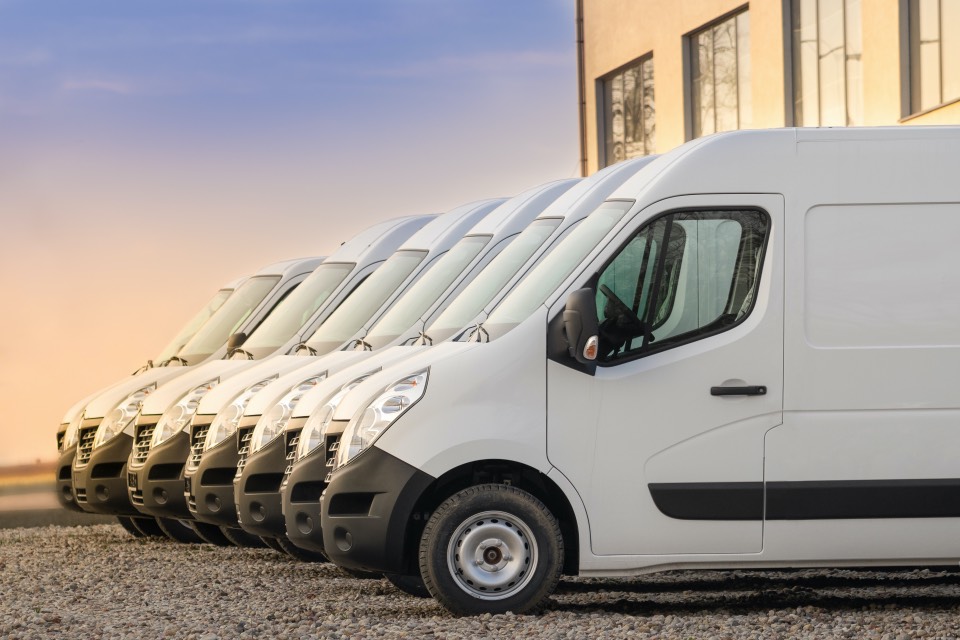Commercial van market returned to growth in August

The UK’s new light commercial vehicle (LCV) market returned to growth in August, rising 1.7% to record the best performance for the month since 2021 after two months of decline. According to the latest figures from the Society of Motor Manufacturers and Traders (SMMT), 16,575 vans, 4x4s, pickups and taxis joined the road in what […]
UK van sales down 4.6% in October

The light commercial vehicle (LCV) market declined marginally by -4.6%, in October, with 27,420 vans registered according to the latest figures released today by the Society of Motor Manufacturers and Traders (SMMT). Despite this representing the second consecutive month of decline – albeit not as steep a fall as in September – the sector remains […]
How much would it cost to drive the British coastline in an electric van?

If you’ve seen the news recently, you may have seen that a man called Nick Butter has successfully completed a challenge like no other: running the length of Britain’s coastline. That’s right, Nick completed this epic, extraordinary journey after 128 days on Sunday 22nd August 2021. In doing so, the ultramarathon man clocked a whopping […]
Record numbers of vans on UK roads

Commercial vehicles now account for 13.1% of all vehicles on the road in Britain – the highest recorded this century, according to figures released by the Society of Motor Manufacturers and Traders (SMMT). SMMT’s annual automotive census has revealed that, as of the end of 2020, there were 4,604,861 vans, 589,445 trucks, and 73,608 buses […]


